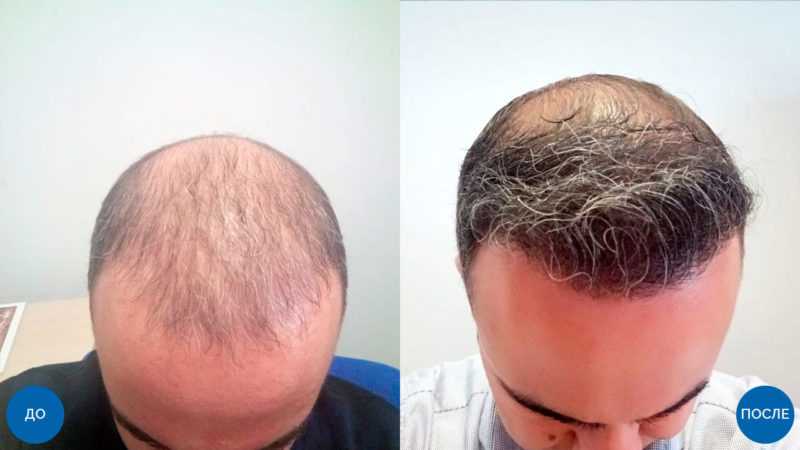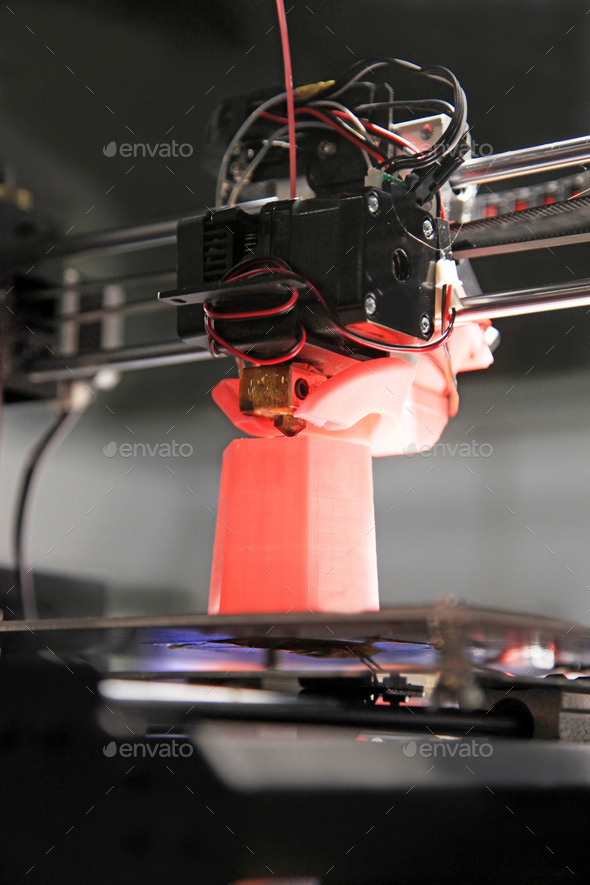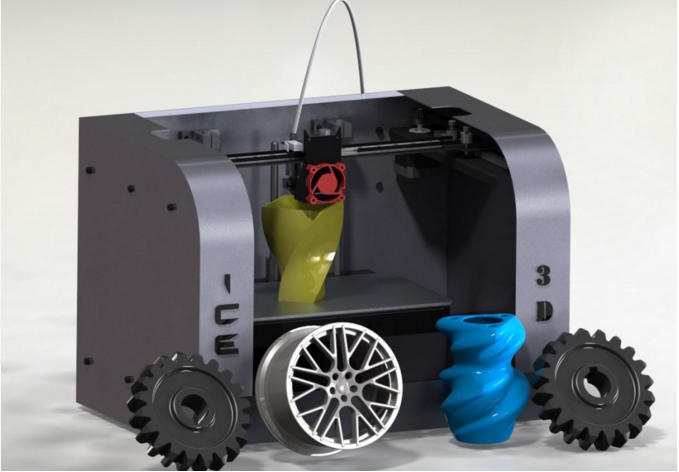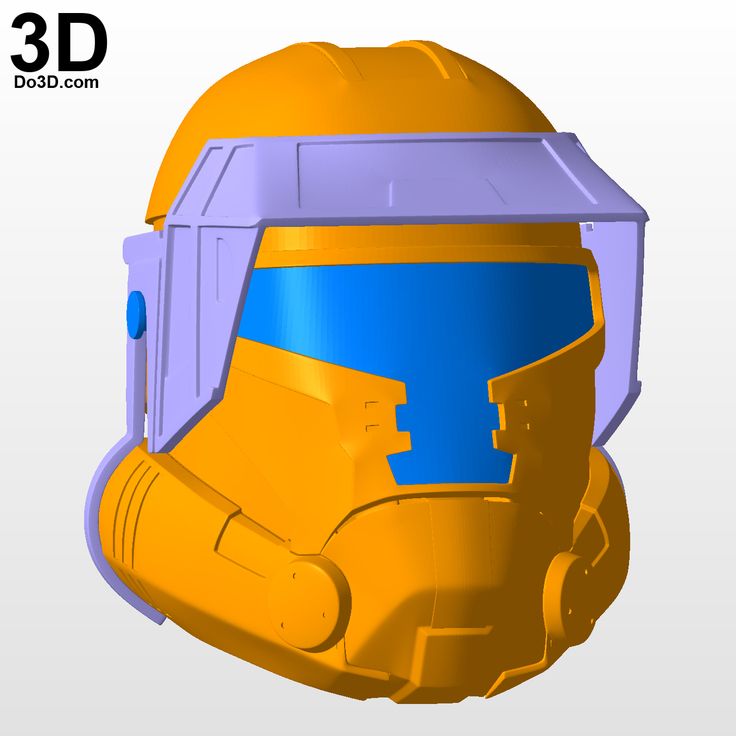3D printed hair transplant
How 3D printing allows scientists to grow new human hairs
By Maria Cohut, Ph.D. on July 1, 2019 — Fact checked by Isabel Godfrey
Researchers from Columbia University have found a way of using 3D printing technology to simulate human scalp skin and thus allow new human hairs to grow. They can then transplant the new hair to the scalp of people experiencing hair loss.
Share on PinterestA new 3D printing technique has allowed researchers to grow hair from stem cells in laboratory dishes.A large number of people around the world experience hair loss in one form or another, either due to natural causes or as a side effect of medical therapy. In many of these cases — especially in individuals with natural hair loss — the process is not reversible.
Studies have shown that hair loss can have a significant effect on the self-image and quality of life of both women and men, as most cultures place a lot of importance on natural hair.
Despite this, treatment options for people with hair loss can be hit-and-miss, and some individuals may require more targeted interventions, such as a hair transplant.
This procedure involves the transplantation of hair follicles from one part of a person’s body to another. However, new and more sustainable options for hair regrowth may now be on the horizon.
Some recent research has focused on using stem cells to grow new, natural human hair, but the experiments have relied on using mouse skin as the “planting ground” for these cells.
Now, for the first time, a team of researchers from the Columbia University Medical Center in New York, NY, has devised a method of growing new human hair. Instead of relying on skin, they used 3D printing methods.
The researchers explain that their successful experiment was a first in more than one way. Scientists have been able to grow rat and mouse hairs independently in the lab, but they have been having trouble achieving the same with human hairs.
“Cells from rats and mice grow beautiful hairs. But, for reasons we don’t totally understand, human cells are resistant,” says co-author Angela Christiano, Ph.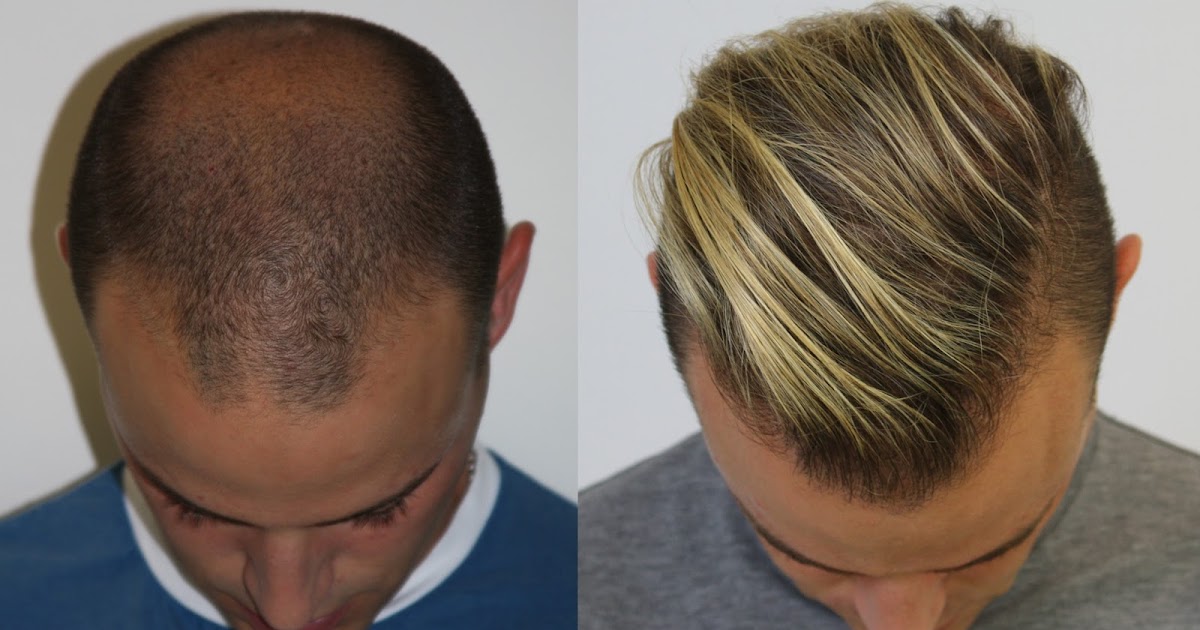 D.
D.
Christiano and team wondered whether they would be able to stimulate the growth of new hair in the lab by creating an environment similar to that which human hair cells naturally occupy.
Their first try involved creating small cell spheres and suspending them inside drops of liquid. Then, they implanted these spheres into mice to see whether hair would grow. The researchers were unsatisfied with this approach because although some of the implanted cells formed new hair, others failed to develop.
Next, the team decided to experiment with 3D printing techniques to see if they could create a microenvironment that mimicked the natural environment of human hair follicles more closely. The investigators report their process, as well as their results, in a study paper that appears in Nature Communications.
Christiano and colleagues ended up creating plastic molds with projecting extensions that were half a millimeter wide.
“Previous fabrication techniques have been unable to create such thin projections, so this work was greatly facilitated by innovations in 3D printing technology,” explains first author Hasan Erbil Abaci.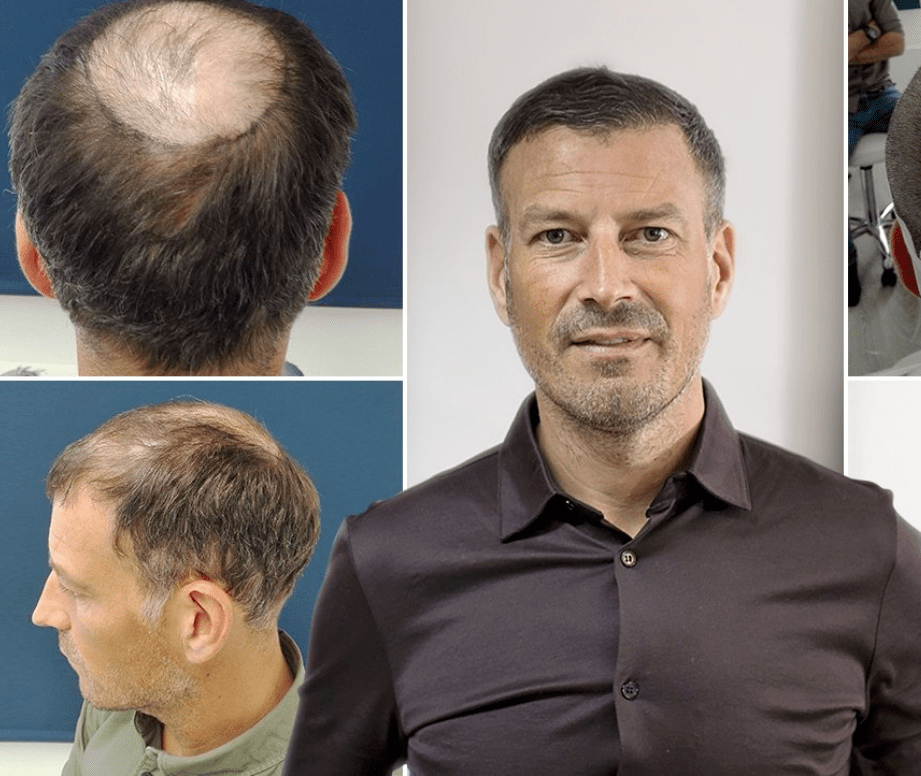
Next, the researchers managed to get human skin to grow around the mold. They placed hair follicle cells that they had collected from volunteers inside it, adding keratin-producing cells on top. Finally, they stimulated growth by adding in various growth factors.
This assay was successful — in no more than 3 weeks, the cells generated human hair follicles that were able to start growing hair.
The researchers note that this process is still far from perfect. Nevertheless, it has the potential to establish a sustainable source of natural hair for transplants and to provide hair to any person who may need it.
“That [would expand] the availability of hair restoration to all patients — including the 30 million women in the United States who experience hair thinning and young men whose hairlines are still receding. Hair restoration surgery would no longer be limited by the number of donor hairs,” says Christiano.
The researchers point out that growing human hair in this way, in the laboratory, could also be helpful in pharmaceutical research, giving investigators more freedom to search for or test new hair growth drugs.
“What we’ve shown is that we can basically create a hair farm: a grid of hairs that are patterned correctly and engineered so they can be transplanted back into that same patient’s scalp.”
Angela Christiano, Ph.D.
While most of the researchers who took part in this study declared no competing interests, Angela Christiano and Colin Jahoda specified that they are founders of Rapunzel Bioscience, a biotechnology company that invests in regenerative therapies for the hair and skin.
How 3D printing allows scientists to grow new human hairs
By Maria Cohut, Ph.D. on July 1, 2019 — Fact checked by Isabel Godfrey
Researchers from Columbia University have found a way of using 3D printing technology to simulate human scalp skin and thus allow new human hairs to grow. They can then transplant the new hair to the scalp of people experiencing hair loss.
Share on PinterestA new 3D printing technique has allowed researchers to grow hair from stem cells in laboratory dishes.
A large number of people around the world experience hair loss in one form or another, either due to natural causes or as a side effect of medical therapy. In many of these cases — especially in individuals with natural hair loss — the process is not reversible.
Studies have shown that hair loss can have a significant effect on the self-image and quality of life of both women and men, as most cultures place a lot of importance on natural hair.
Despite this, treatment options for people with hair loss can be hit-and-miss, and some individuals may require more targeted interventions, such as a hair transplant.
This procedure involves the transplantation of hair follicles from one part of a person’s body to another. However, new and more sustainable options for hair regrowth may now be on the horizon.
Some recent research has focused on using stem cells to grow new, natural human hair, but the experiments have relied on using mouse skin as the “planting ground” for these cells.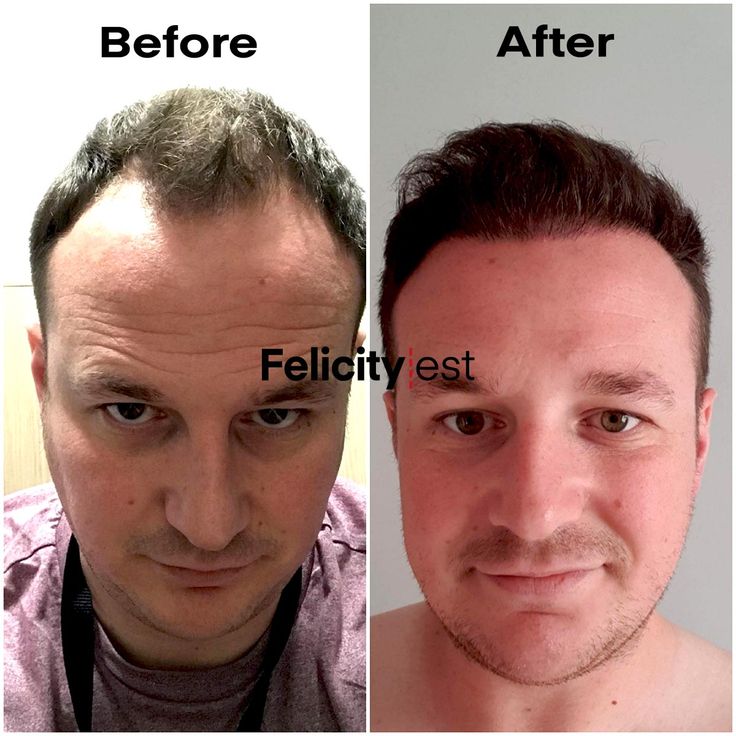
Now, for the first time, a team of researchers from the Columbia University Medical Center in New York, NY, has devised a method of growing new human hair. Instead of relying on skin, they used 3D printing methods.
The researchers explain that their successful experiment was a first in more than one way. Scientists have been able to grow rat and mouse hairs independently in the lab, but they have been having trouble achieving the same with human hairs.
“Cells from rats and mice grow beautiful hairs. But, for reasons we don’t totally understand, human cells are resistant,” says co-author Angela Christiano, Ph.D.
Christiano and team wondered whether they would be able to stimulate the growth of new hair in the lab by creating an environment similar to that which human hair cells naturally occupy.
Their first try involved creating small cell spheres and suspending them inside drops of liquid. Then, they implanted these spheres into mice to see whether hair would grow.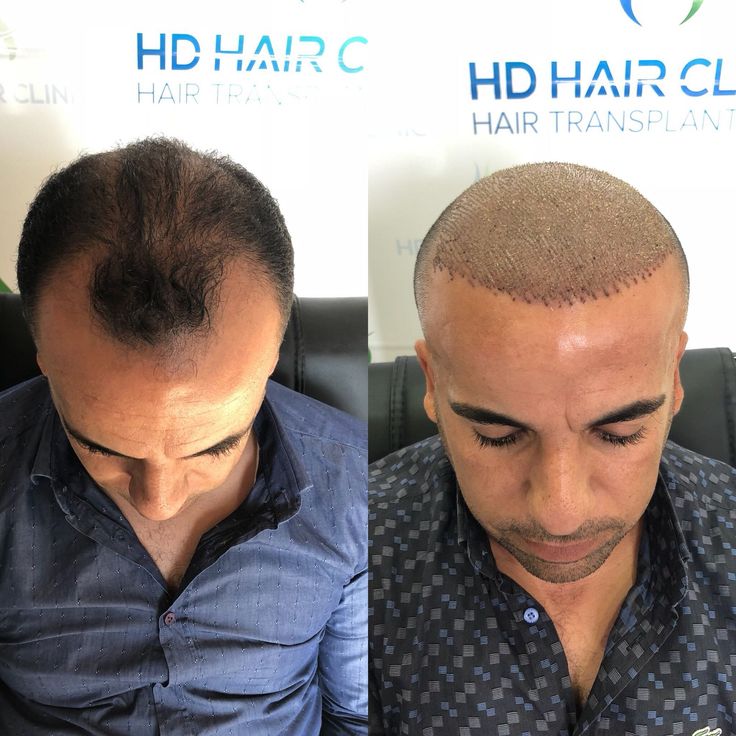 The researchers were unsatisfied with this approach because although some of the implanted cells formed new hair, others failed to develop.
The researchers were unsatisfied with this approach because although some of the implanted cells formed new hair, others failed to develop.
Next, the team decided to experiment with 3D printing techniques to see if they could create a microenvironment that mimicked the natural environment of human hair follicles more closely. The investigators report their process, as well as their results, in a study paper that appears in Nature Communications.
Christiano and colleagues ended up creating plastic molds with projecting extensions that were half a millimeter wide.
“Previous fabrication techniques have been unable to create such thin projections, so this work was greatly facilitated by innovations in 3D printing technology,” explains first author Hasan Erbil Abaci.
Next, the researchers managed to get human skin to grow around the mold. They placed hair follicle cells that they had collected from volunteers inside it, adding keratin-producing cells on top.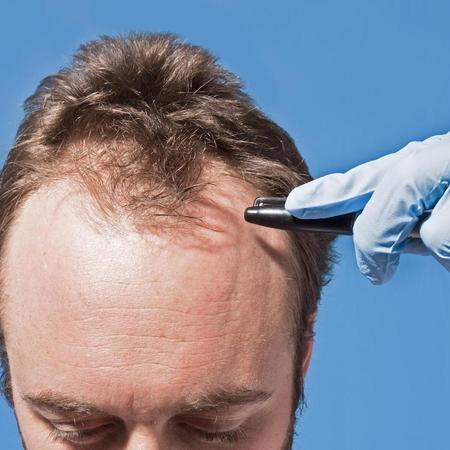 Finally, they stimulated growth by adding in various growth factors.
Finally, they stimulated growth by adding in various growth factors.
This assay was successful — in no more than 3 weeks, the cells generated human hair follicles that were able to start growing hair.
The researchers note that this process is still far from perfect. Nevertheless, it has the potential to establish a sustainable source of natural hair for transplants and to provide hair to any person who may need it.
“That [would expand] the availability of hair restoration to all patients — including the 30 million women in the United States who experience hair thinning and young men whose hairlines are still receding. Hair restoration surgery would no longer be limited by the number of donor hairs,” says Christiano.
The researchers point out that growing human hair in this way, in the laboratory, could also be helpful in pharmaceutical research, giving investigators more freedom to search for or test new hair growth drugs.
“What we’ve shown is that we can basically create a hair farm: a grid of hairs that are patterned correctly and engineered so they can be transplanted back into that same patient’s scalp.
”
Angela Christiano, Ph.D.
While most of the researchers who took part in this study declared no competing interests, Angela Christiano and Colin Jahoda specified that they are founders of Rapunzel Bioscience, a biotechnology company that invests in regenerative therapies for the hair and skin.
3D printing will save you from baldness (3 photos + video)
The first iPhone with a fingerprint scanner in the power button (video)
Apple ditched Touch ID in favor of Face ID when it released the iPhone X back in 2017. The convenience of Face ID probably means that Apple has no intention of returning a fingerprint scanner to new smartphone models. Luckily, that didn't stop one modder from bringing the feature back to the iPhone. nine0007 Read more
The first domestically produced ATM appeared in Russia (3 photos)
Tinkoff was the first Russian bank to produce an ATM of its own production - Odin. This is the first ATM put into operation, which was not only designed, but also assembled in Russia using domestic equipment and components.
This is the first ATM put into operation, which was not only designed, but also assembled in Russia using domestic equipment and components.
Robodog taught to walk on walls (video)
Scientists from the Korea Advanced Institute of Science and Technology in South Korea have demonstrated the ability of the MARVEL robot dog to walk on walls and ceilings.
Read moreXpeng flying car gets price and release date
For many years, the flying car industry remained something interesting, but part of the distant future. The same could be said about the developments of Xpeng.
Read moreThe new iPhone 15 will become more autonomous, while maintaining high performance (2 photos)
Taiwan's TSMC, a chip supplier for Apple, today began mass production of chips using a new 3nm technology. This is likely to be the A17 processor of the iPhone 15 Pro and iPhone 15 Ultra.
Vkontakte Odnoklassniki
Baldness is not a problem of today, many men in different eras struggled with this unpleasant phenomenon, but only now there is a chance to get rid of it completely. Opens such a perspective for those who need it, the revolutionary method of scientists from America. The peculiarity of this method is the use of a 3D printer and forms printed on it. nine0007
Although hair transplantation has developed quite successfully in recent decades, its essence was to redistribute the hair follicles that a person has, but scientists have only recently begun to grow these cells in the laboratory. The revolutionary method of American scientists opens up access to the creation of hair follicles using 3D-printed forms. For the first time, human follicle cells have been grown entirely in the laboratory.
The essence of the breakthrough made by the specialists of Columbia University is the combination of several innovations in one method. First, using 3D printing, they created special plastic molds whose contents resemble a natural environment that feeds hair growth through microscopic holes. Moreover, such miniature forms were made for the first time. The second innovation is the development of a mixture of new growth factors. After growing around the skin shape, donor hair cells are placed inside it. JAK-STAT molecules, which are introduced into the mixture to start the development of follicles and awaken metabolism, should ensure engraftment and give a stimulus to the beginning of growth. nine0007
First, using 3D printing, they created special plastic molds whose contents resemble a natural environment that feeds hair growth through microscopic holes. Moreover, such miniature forms were made for the first time. The second innovation is the development of a mixture of new growth factors. After growing around the skin shape, donor hair cells are placed inside it. JAK-STAT molecules, which are introduced into the mixture to start the development of follicles and awaken metabolism, should ensure engraftment and give a stimulus to the beginning of growth. nine0007
Angela Cristiano, project leader, summed up the essence of the method's discovery by calling the process of creating correctly positioned and modified hair arrays for transplantation to patients a kind of "hair farm".
Before the method becomes widely used in clinical practice, scientists still have to conduct a number of trials and additional studies, but the forecasts for the commercial application of the method are already optimistic.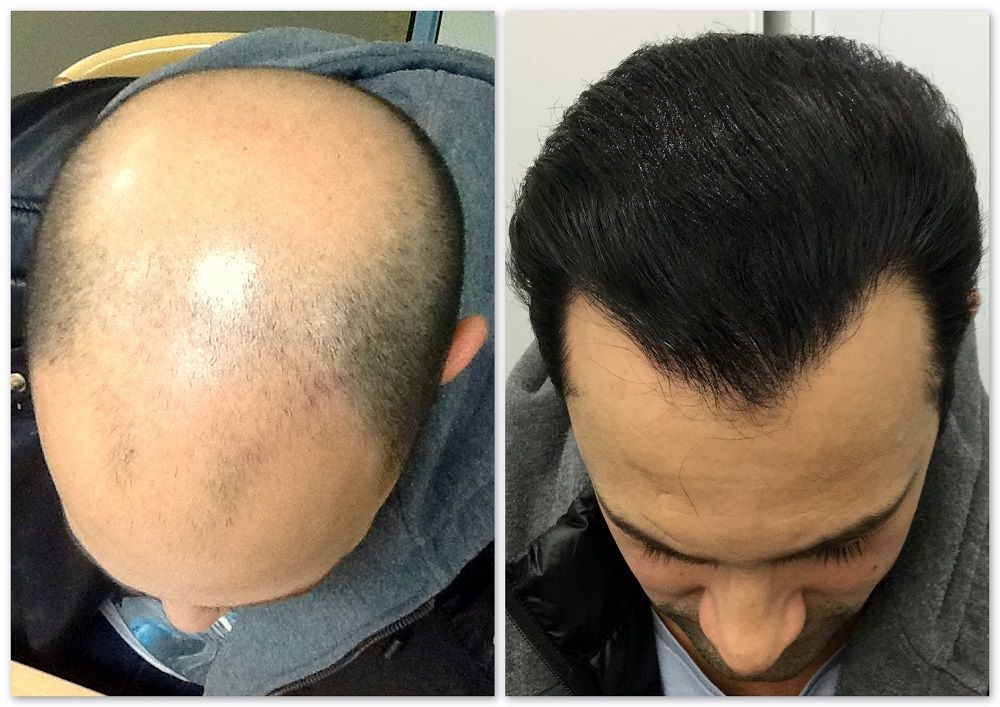
Source: cuimc.columbia.edu nine0007
3D printing technology man
JavaScript is disabled in your browser. For correct operation of the site is highly recommended to enable it.
Hair follicles learned to reproduce using 3D printing
The first hair transplant operations were carried out in 1939 - the patients of the dermatologists of that time were World War II soldiers who suffered from severe burns. Since then, at least two methods have appeared for transplanting hair follicles from one part of the body to another, but the main problem of the technology remained relevant - the operation could only be performed on people who had a source of hair. Now the situation has changed, because researchers from Columbia University for the first time in history managed to grow hair follicles in the laboratory. nine0007
The new technology has great prospects, and after commercialization, it will be able to return luxurious hair to millions of men and women from all over the world. The number of donor hair follicles will no longer play any role, because in the laboratory they can already be created in an infinite number. Moreover, future hair transplants may not be useful at all - with a large number of human hair samples, manufacturers of baldness products will be able to conduct more experiments and develop more effective products. nine0007
The number of donor hair follicles will no longer play any role, because in the laboratory they can already be created in an infinite number. Moreover, future hair transplants may not be useful at all - with a large number of human hair samples, manufacturers of baldness products will be able to conduct more experiments and develop more effective products. nine0007
A new technology for growing hair follicles consists of several parts. At the very beginning, researchers 3D printed a three-dimensional structure from biocompatible plastic - it served as a vessel for the growth of hair follicles and recreated a microenvironment suitable for the growth of living cells. Each channel, 0.5 mm in diameter, stimulated the formation of bulbs, which were subsequently placed on the grown skin cells.
This peculiar construct was processed by signaling molecules that suppressed signaling pathways called JAK-STAT. Scientists know from previous studies that they keep the hair follicles inactive, but through molecular processing, they are activated and the hair follicles begin to grow.